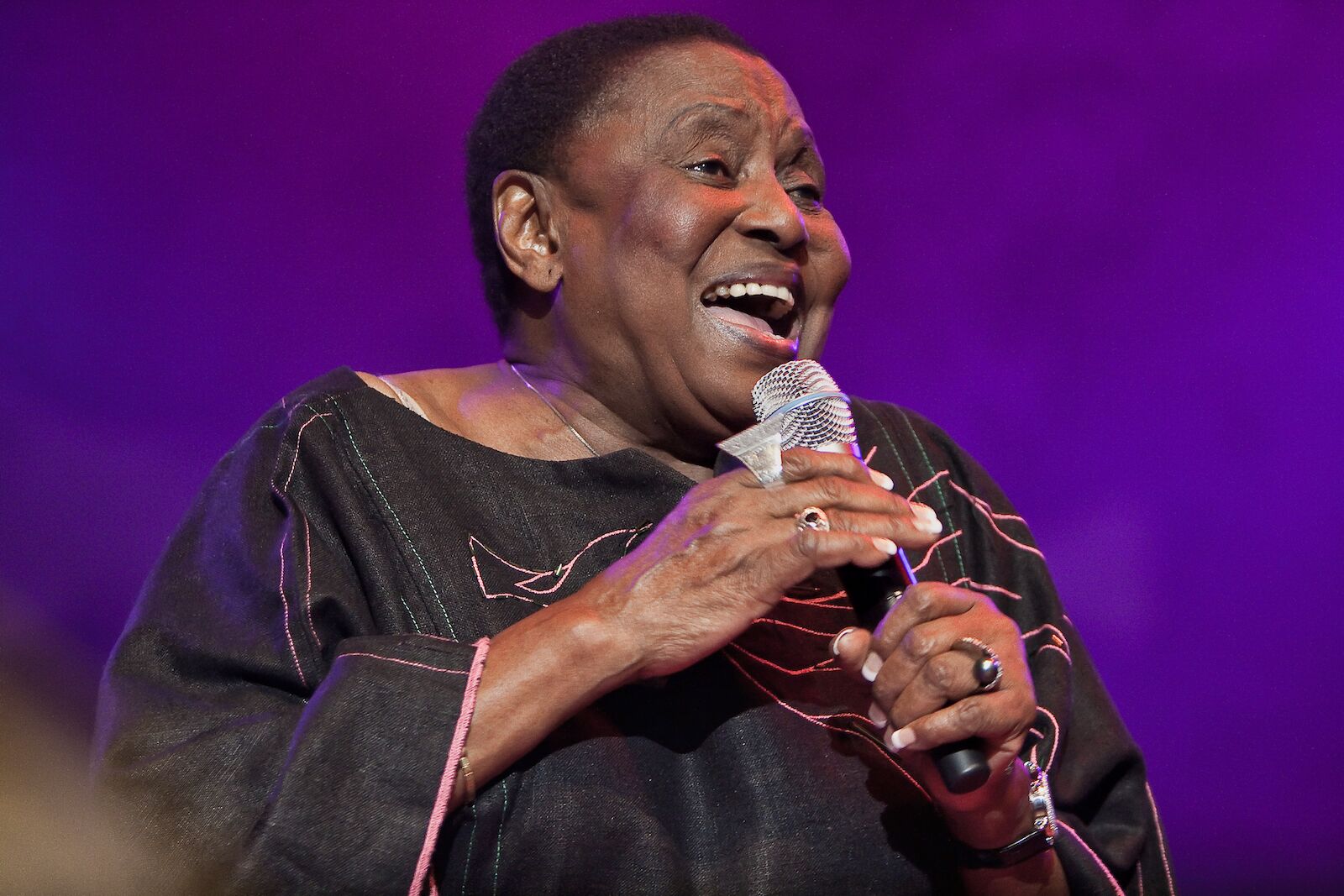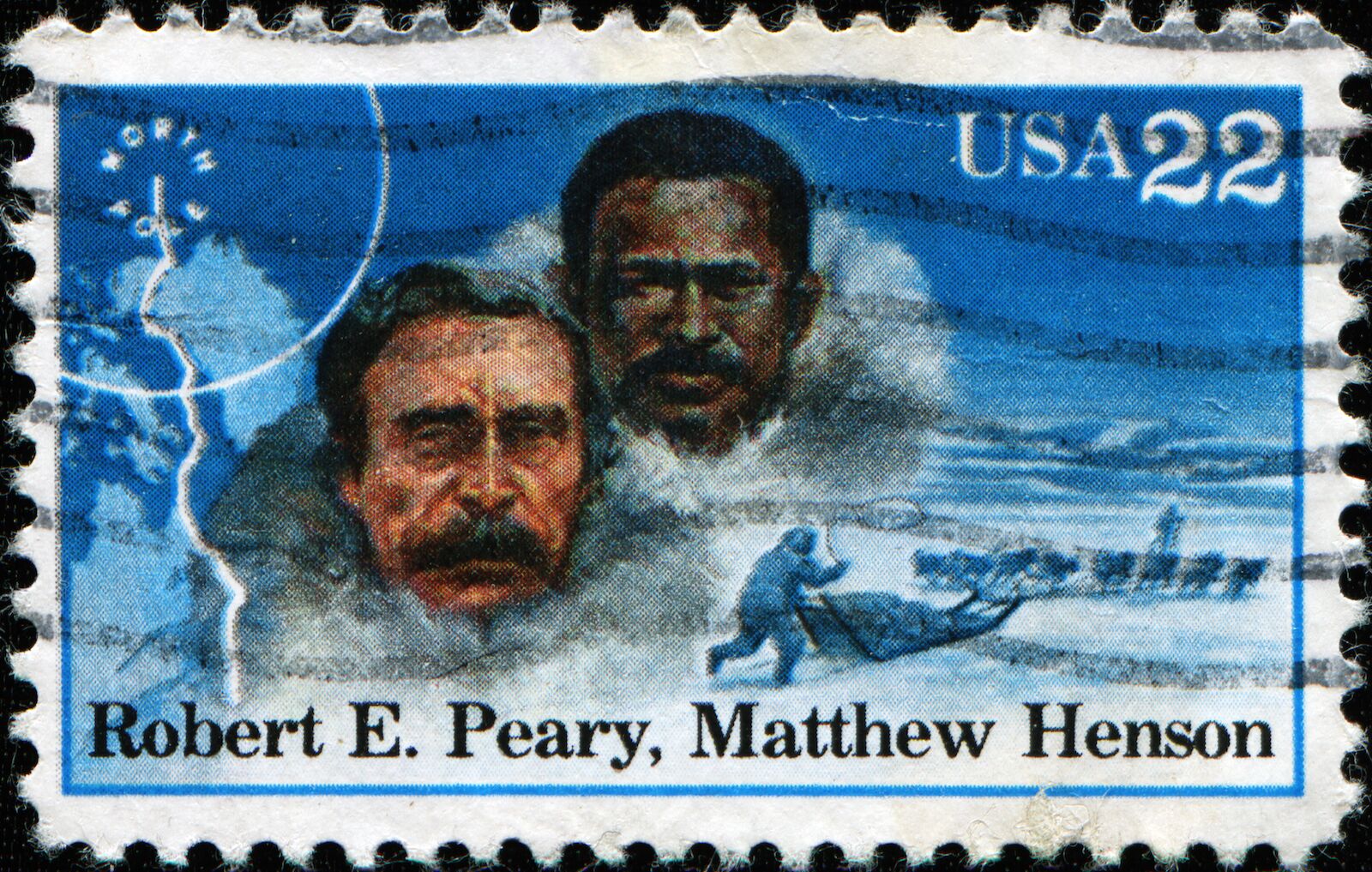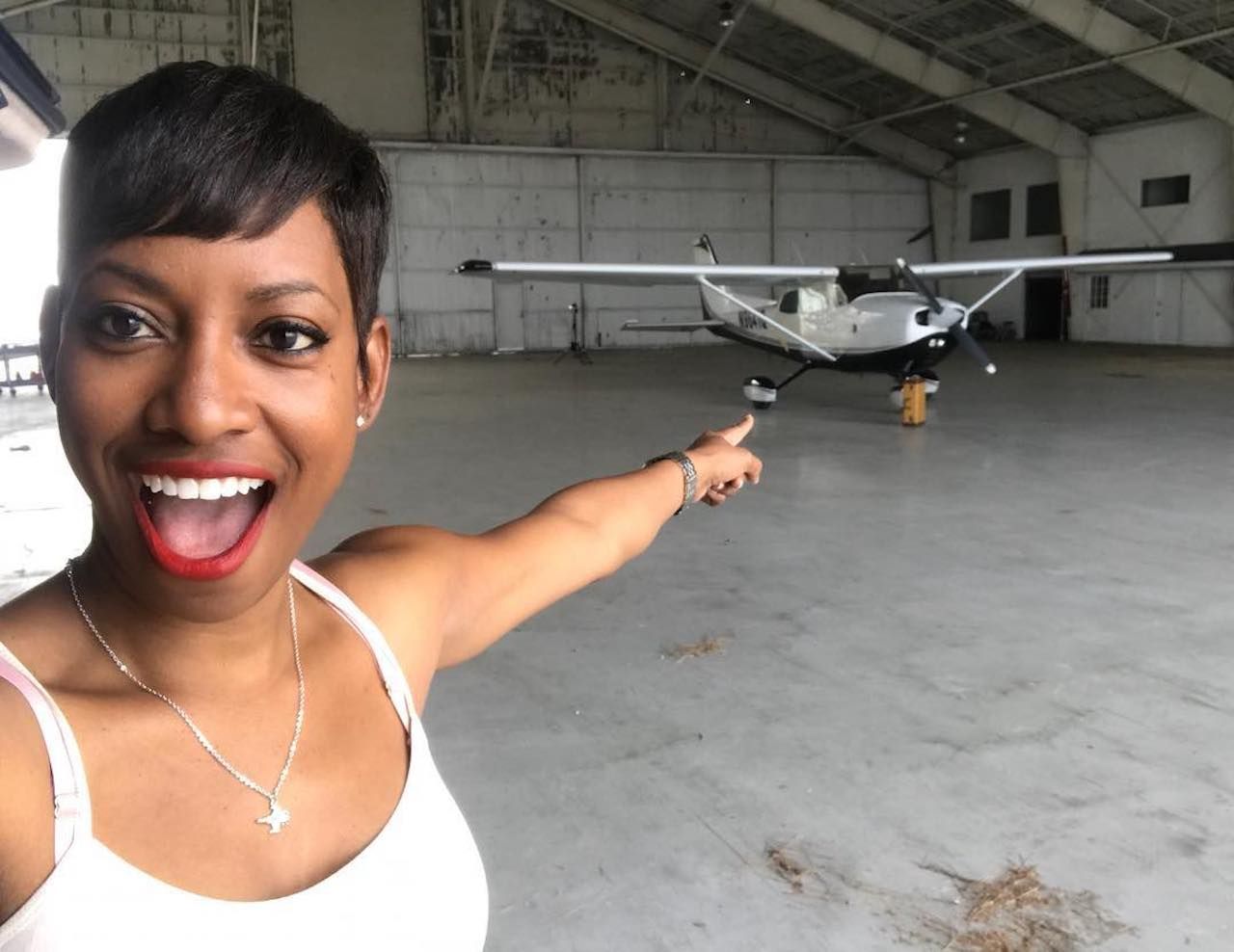Black people around the world have had their movement restricted throughout history. Be it during apartheid in South Africa, in the maligned Chocolate City in Guangzhou, or within Jim Crow America, preventing Black people from traveling has historically been used as a tool of oppression.
But folks just like us have overcome that oppression to become leaders who see the world and help others do the same. These are five of the many unrelenting Black travel icons to know.



